One of most well-known tourist destinations in the world, Dubai is the biggest city of UAE. The city is based on the Persian Gulf's southeast coast and serves as the capital city of the Emirate of Dubai. Dubai has emerged as one of the biggest cosmopolitan cities of the world and the business hub of the Middle East.
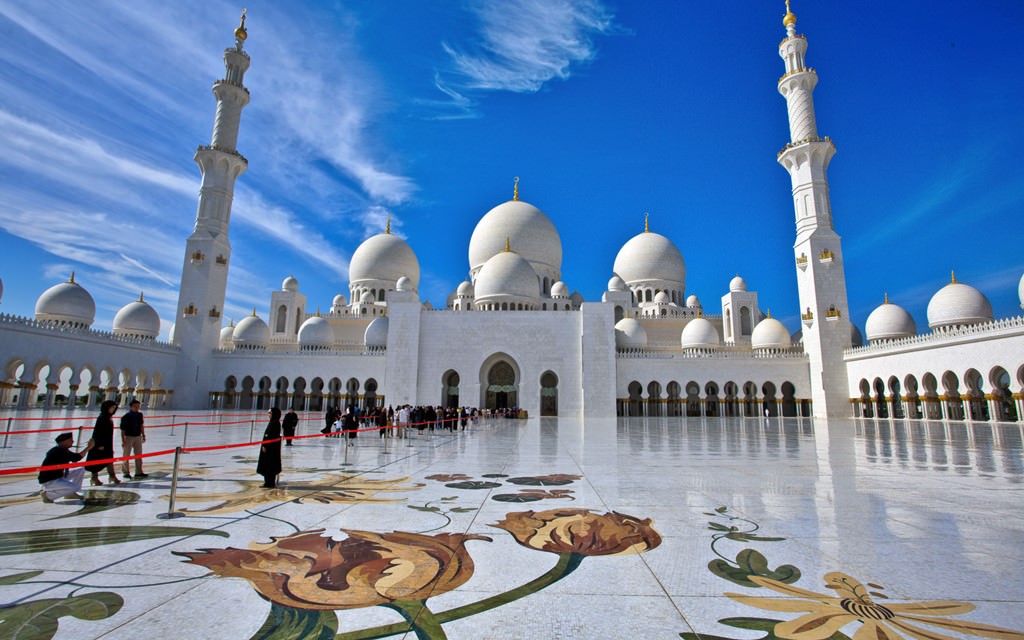
The city is famous for its ambitious constructional projects like the Palm Islands and " The World" which are artificial islands off the coast of Dubai. Dubai's economy is mainly dependent on international trade and to a small extent on oil that is a limited resource in the city. Tourism, real estate, aviation, and financial services are also major sources of revenue in Dubai.
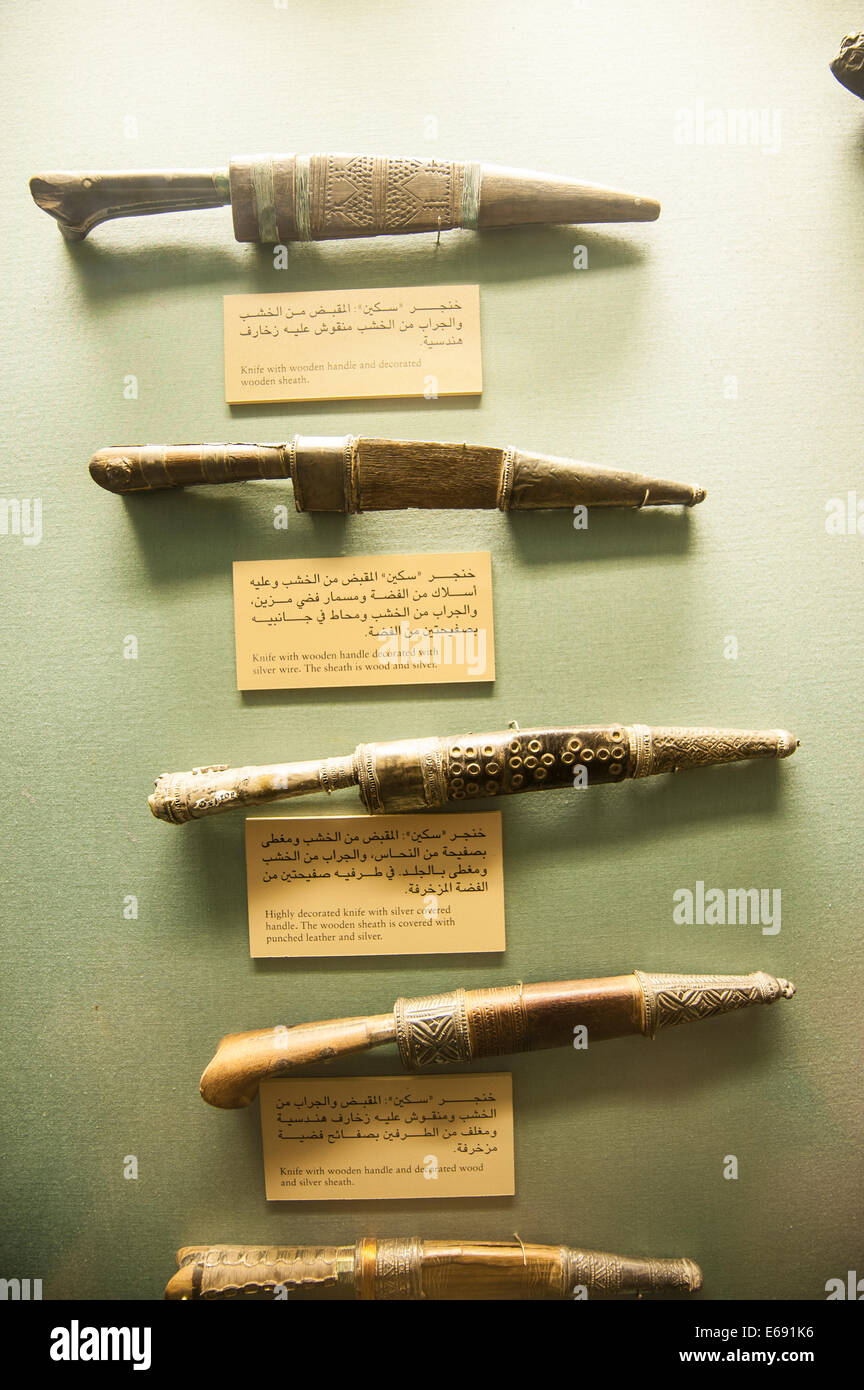
The city is the world's 22nd most expensive city and the most expensive one in the region. In 2014, the hotel rooms in Dubai were ranked as the second most in the world after those in Geneva. The United Arab Emirates is a Middle Eastern country that is located on the Arabian Peninsula's southeast end and is bordered by Saudi Arabia to the south and Oman to the east. The country also shares its maritime borders with Iran and Qatar.

The population of UAE was 9.2 million in 2013 of which only 1.4 million were native Emiratis and the rest all expatriates. The UAE is a federation of 7 emirates that was established on December 2, 1971. The biggest city in UAE, Dubai, is a global city and a major international aviation hub. UAE's economy is mainly reliant on the export of oil and natural gas. The city of Sharjah overlooks the Persian Gulf and has a population of over 800,000 .

It contains the main administrative and commercial centres together with an array of cultural and traditional projects, including several museums covering areas such as archaeology, natural history, science, arts, heritage, Islamic art and culture. Distinctive landmarks include two major covered souks, reflecting Islamic design, and a number of recreational areas and public parks such as Al Montazah Fun Park and Al Buheirah Corniche. The discovery of oil in 1972 and beginning of natural gas drilling in 1990 brought Sharjah new sources of income, allowing the emirate to develop rapidly into the successful cultural and business hub that it is today. However, since Sharjah's oil and gas resources are limited, the economy has been diversified to include manufacturing, health care, environmental protection, tourism, transport and logistics as well. In recent years, the Sharjah government has established two economic free zones and increased investment opportunities in the emirate. The Authority determines all matters relating to the control and supervision of the nuclear sector in the UAE, in particular nuclear safety and security, radiation protection and safeguards.
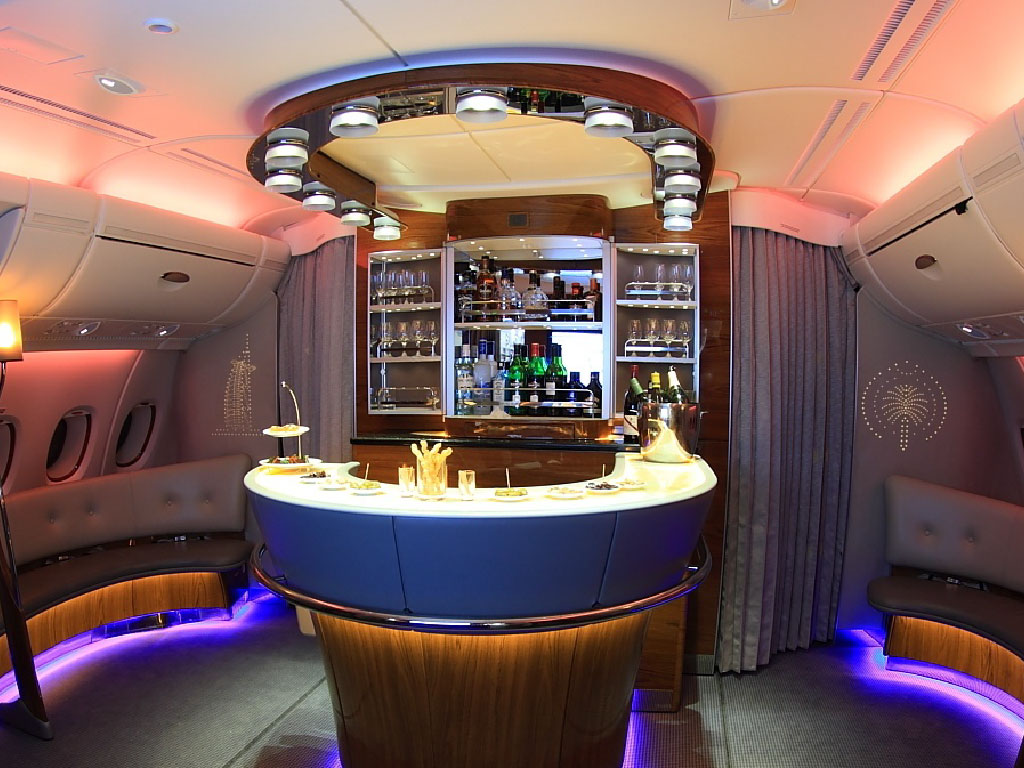
All obligations under the relevant international treaties, conventions or agreements entered into by the UAE are carried out by FANR. This is a major way of distributing oil wealth among the national population. The immigrant population also benefits to some extent, particularly in regard to medical care. Abu Dhabi, the capital of the Emirate of Abu Dhabi, is UAE's second most populous city. Abu Dhabi houses the Abu Dhabi Emiri Family and the federal government offices of the region.

The city is a modern metropolis and a major political, economic, cultural, and commercial center in the region. Like Dubai, Abu Dhabi also has a multicultural and diverse society. However, time and again, human rights organizations have heavily criticized the government for exploiting foreign workers and treating them in an improper manner. The United Arab Emirates has the world's sixth largest proven oil reserves and the fifth largest natural gas reserves, making the country a critical partner and responsible supplier in global energy markets. Although a mainstay in the economy, oil exports actually account for only about one third of economic activity, as a result of aggressive government policies designed to diversify the UAE economy. However, domestic energy consumption has continued to rise steadily with all electricity production and water desalination being generated by thermal plants, which has resulted in the UAE becoming a net importer of natural gas since 2008.

The fact that the traditional tribal system of government each emirate was based on similar political principles facilitated the establishment of the UAE. Hereditary dynastic family rule still operates in each emirate as a local government system under the umbrella of the federal system. Members of the ruling families occupy the most important positions in their political administrations. While the political system continues to retain some of its traditional values at formal and informal levels, it has been able to keep pace with economic and social change. The sheikhs are highly regarded for performing the dual roles of modernizers and guardians of the cultural heritage.
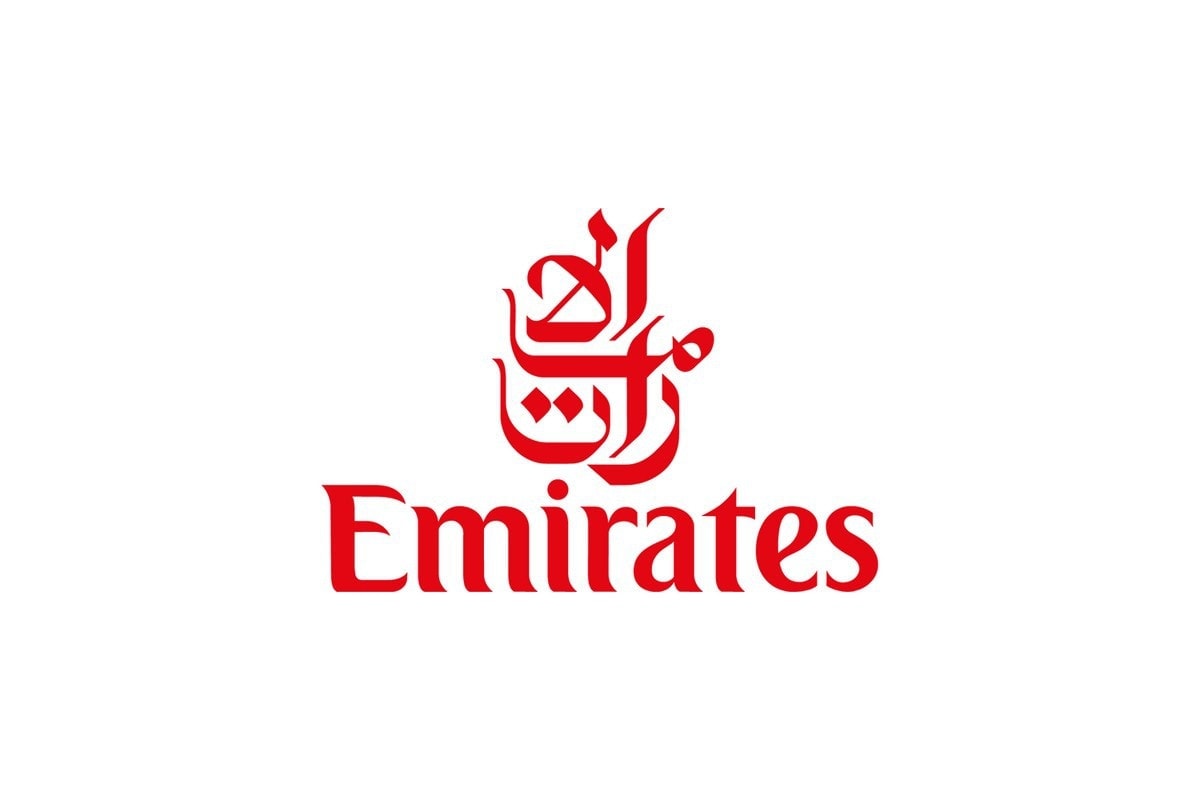
They still have traditional majlis where citizens have access to their leaders. The four largest sectors are manufacturing, accounting for approximately 16.9% of GDP; real estate with 13%; wholesale and retail trade with 12.1%; and financial services with 10.3%. Situated in the north-eastern part of the UAE, the emirate of Sharjah covers 2590 sq km, making it the third largest in the federation. Its main population centre, the city of Sharjah, is located some 170 km from the UAE capital, Abu Dhabi. Bordering Dubai to the south and Ajman and Umm Al Quwain to the north, this fast-growing urban centre forms a vibrant conurbation with its two neighbours and is the only emirate in the UAE to border all six other emirates. The Emirate of Sharjah has developed a unique reputation as a cultural, heritage and family tourist destination providing visitors with the ideal getaway at any time of the year.

What is the third largest emirate in UAE Sharjah is geographically located on the west coast of the United Arab Emirates. However, the Sharjah Emirate has been connected with both sides, the Arabian Sea and the Indian Ocean. On the east coast, the Emirate has three provinces, namely Dibba Al Hisn, Khor Fakkan and Kalba, as well as the Islands of Abu Mousa and Sir Abu Nu'air. The total area of Sharjah is equivalent to 3.3 per cent of the total area of the UAE. The Sharjah Emirate is the third largest emirates of the UAE, and the Sharjah city is also the third-largest city after Dubai and Abu Dhabi.

By the 1970s the emirate was entering a new phase of development, having joined the UAE as a founding member in 1971 and gained a new leader in 1972 with the succession of Sheikh Sultan bin Muhammad Al Qasimi. In that same year Sharjah struck oil in the Mubarek field, located 80 km offshore, and within two years the emirate was producing 35,000 barrels per day. Under the stewardship of Sheikh Sultan, the emirate has since grown in population and prosperity while at the same time maintaining strong links to its cultural heritage. Heritage and tradition continues to be influential within the UAE and wider Islamic and Arab culture. Sharjah itself has deep historical roots in traditional arts and crafts practices.
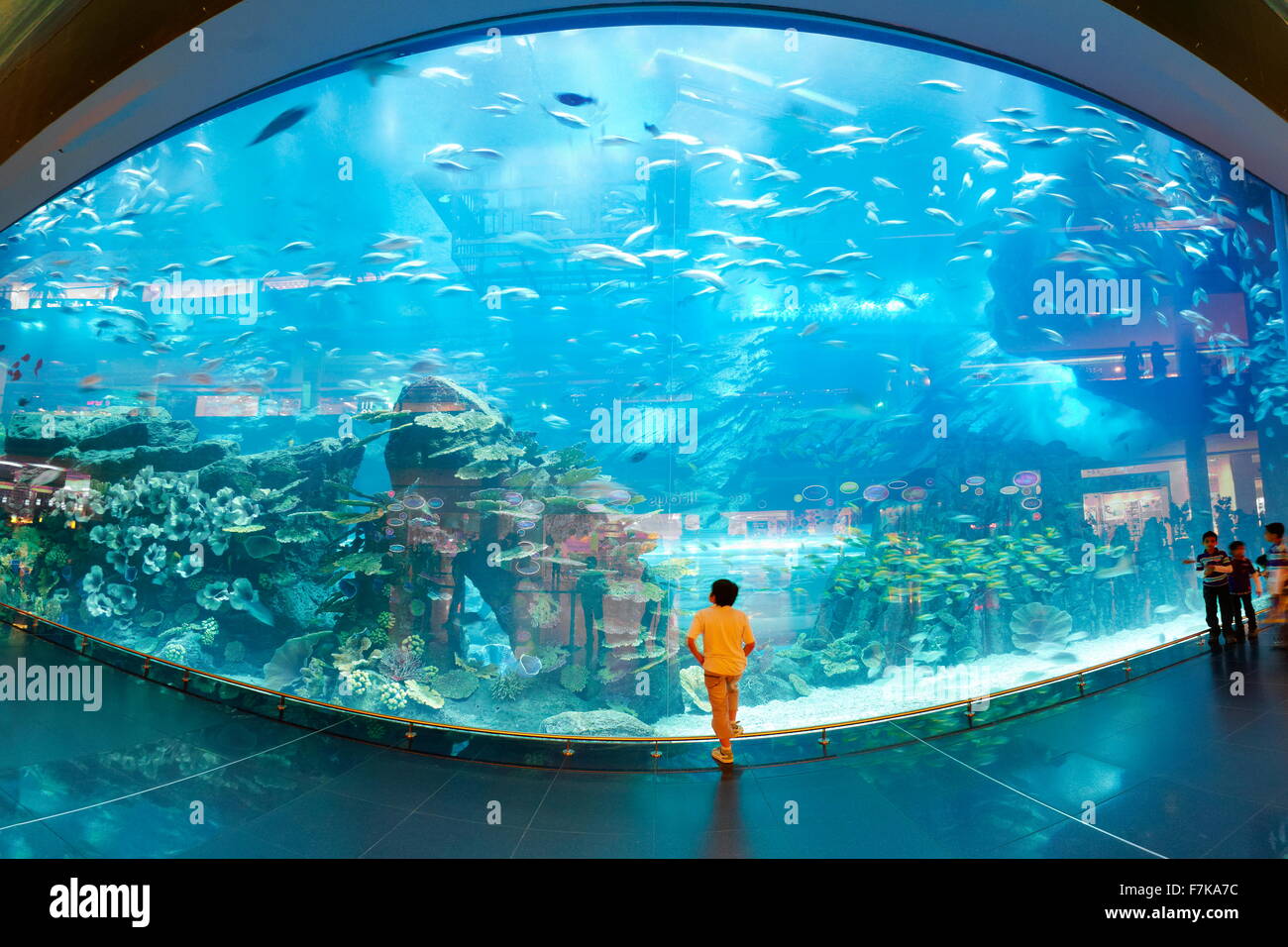
Trades and skills dating back to desert tribes influenced by migration practices have been handed down through the generations and continue to represent a key part of Islamic culture. In Sharjah the main crafts and trades are pottery, bridal chests, weaving, embroidery, daggers and knives, ornate carved doors, perfumes, incense and henna. Many of these crafts are still popular activities among locals today and can be found throughout the emirate. This maintenance and celebration of Sharjah's arts and crafts heritage is a key element in the cultural agenda that permeates the emirate's contemporary society. Sharjah's strategic location and rich natural resources have been major factors in the emirate's economic development. Sharjah had the first international airport in the Arabian Gulf, built by the British in 1932, and the first container port, constructed in 1976.

Sharjah is the third largest emirate in the United Arab Emirates, and is the only one to have land on both the Persian Gulf and the Gulf of Oman. The emirate covers 2,590 square kilometres which is equivalent to 3.3 per cent of the UAE's total area, excluding the islands. The city lies some 170 km away from the UAE capital city Abu Dhabi.

Your City tour will continue by visiting Ajman, the smallest Emirate in the UAE, Ajman. With an interesting collection of artifacts of different eras kept in a beautifully restored fort, Ajman Museum house is one of the most visited historical attractions in the emirate. In the 18th Century, the fort served as the ruler's residence until 1970, a decade later the fort converted into a museum. There is a section in the museum which is dedicated to the pearl trade that once dominated the economy of the region. One of the most notable displays is the pottery and funeral jewelry dating back as far as 3000 BC. The fort itself the best example of traditional Emirati architecture.

The half-day city tour of Sharjah and Ajman will come to an end with this visit, Drive back to Dubai drop-off location or hotel. Dubaimay be the second-largest emirate in the country, but it holds the biggest population, majority of which are expats from around the world. Dubai has a thriving business and tourism industry, having a skyline dotted by majestic buildings and towers.

Here, you will find the Burj Al Arab (a 7-star hotel), the Burj Khalifa , and the luxurious Palm Trilogy islands, among many other attractions. The states gained autonomy following World War II (1939–45), when the trucial states of Bahrain and Qatar declared independent statehood. The rest were formally united in 1971, with the city of Abu Dhabi serving as the capital. Abu Dhabi is the federal capital of the United Arab Emirates and is also the largest of the seven emirates, covering 87% of the whole country. The emirate sits on the Arabian Gulf with 700 km of coastline and is bordered by the Sultanate of Oman to the east, the Kingdom of Saudi Arabia to the south and the emirate of Dubai to the northeast.

H. Sheikh Khalifa bin Zayed Al Nahyan is the ruler of Abu Dhabi and the president of the UAE. The city is a centre for culture and industry, and alone contributes 7.4% of the GDP of the United Arab Emirates. The city covers an approximate area of 235 km2 and has a population of over 800,000 . The sale or consumption of alcoholic beverages is prohibited in the emirate of Sharjah without possession of an alcohol licence and alcohol is not served in Sharjah hotels, restaurants or other outlets due to the Muslim majority in the area. This has helped Sharjah increase the number of Islamic tourists who visit the country.Sharjah has been officially named as a WHO healthy city. The 2016 edition of QS Best Student Cities ranked Sharjah as the 68th best city in the world to be a university student.

Sharjah is regarded as the cultural capital of the UAE, and was the Islamic culture capital in 2014. The emirate of Sharjah comprises the city of Sharjah , and other minor towns and enclaves. The city of Sharjah, which overlooks the Persian Gulf, has a population of 519,000 . Sharjah City borders Dubai to the south and Ajmân to the north, and the three form a conurbation. Sharjah also owns three enclaves on the east coast, bordering the Gulf of Oman.

These are Kalba, Dibba Al-Hisn, and Khor Fakkan, which provide Sharjah with a major east coast port. In the Persian Gulf, the island of Sir Abu Nu'ayr belongs to Sharjah, and Abu Musa is claimed by UAE, but controlled by Iran. Sharjah has an exclave containing the village of Nahwa, located inside the Omani enclave of Madha which borders Fujairah and Sharjah.
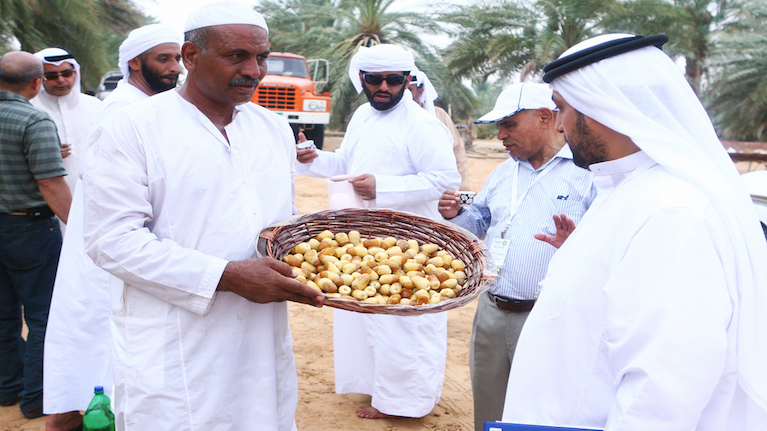
The emirate also encompasses some important oasis areas, the most famous of which is the fertile Dhaid region, where a range of vegetables and fruits are cultivated. The city of Ras Al Khaimah, the capital of the emirate, is divided into two parts by a creek. The western part, known as "old Ras Al Khaimah", consists of government departments, educational institutions, shopping malls, hotels as well as residential areas and new construction projects.

The eastern part, known as Al Nakheel, houses the Emiri Court, markets, Ras Al Khaimah Exhibition Centre, hospitals and residential areas housing the majority of the city's population. Ras Al Khaimah has a rich history and was renowned for its prosperous port and its exquisite pearls, which were famous for being the whitest and roundest in the world. Originally a small fishing and trading settlement, Dubai is now an exciting, cosmopolitan city, and a global hub for trade and finance, where traditional Arab-Islamic culture flourishes alongside the ultra-modern. It is the second largest emirate by land area after Abu Dhabi, and is ruled by His HighnessSheikh Mohammed bin Rashid Al Maktoum, the Vice President and Prime Minister of the UAE.
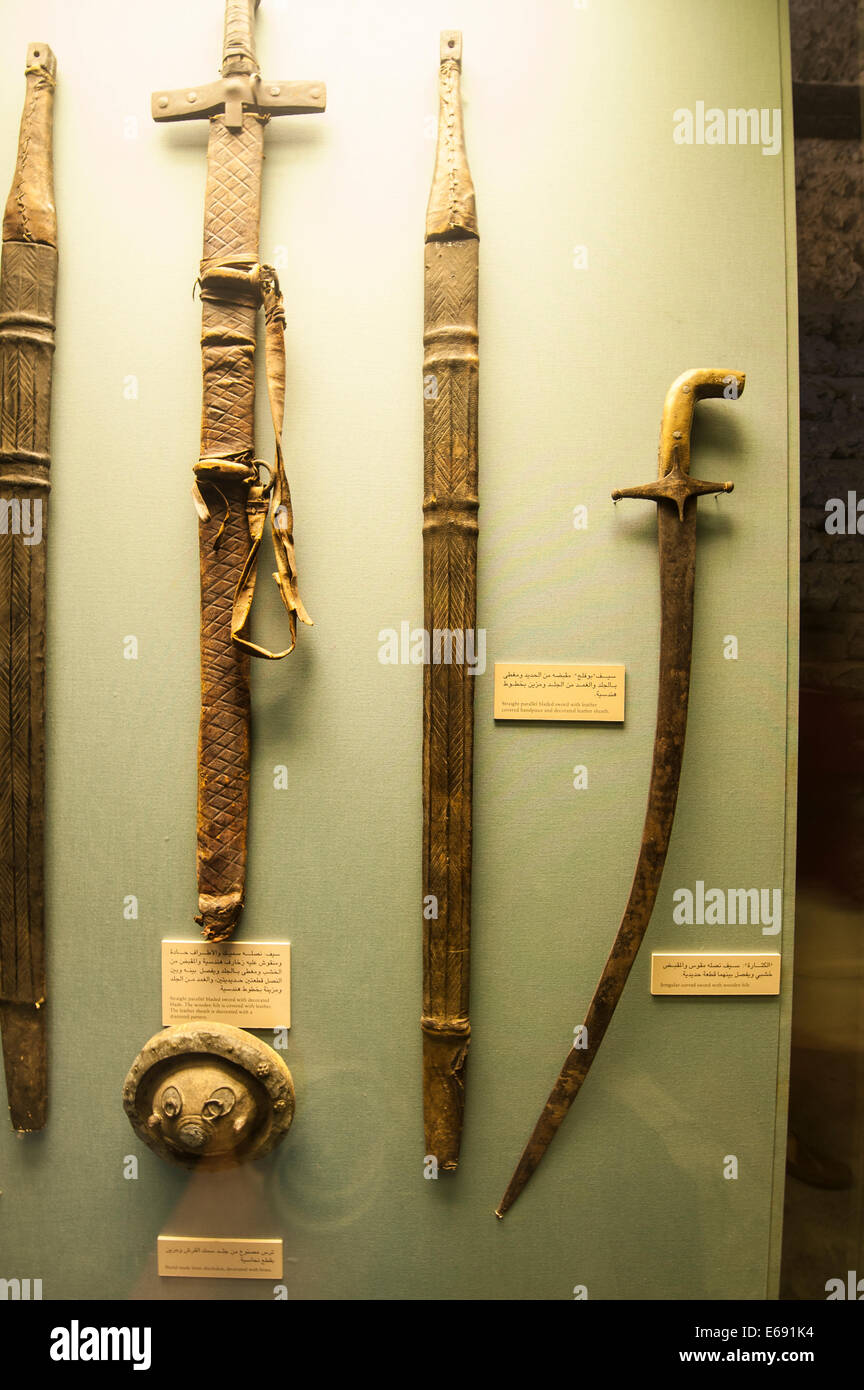
Central to the UAE's approach to developing a nuclear energy program has been the importance of building a qualified workforce in the short and long term. KEPCO, a government owned-utility, is the world's third largest nuclear energy business, with an installed nuclear generation capacity of 17,716MW as of the end of 2008. KEPCO operates 20 commercial nuclear power units as of 2009, with 8 more units currently under construction and an additional 10 units planned to be built by 2030. The development of a peaceful, civilian nuclear energy program was based on an in-depth evaluation of the UAE's future energy needs. An initial study determined that national annual peak demand for electricity is likely to rise to more than 40,000 megawatts by 2020, reflecting a cumulative annual growth rate of about 9% from 2007. Even with adjustments to account for the worldwide economic slowdown, the projected demand is well beyond current capacity.
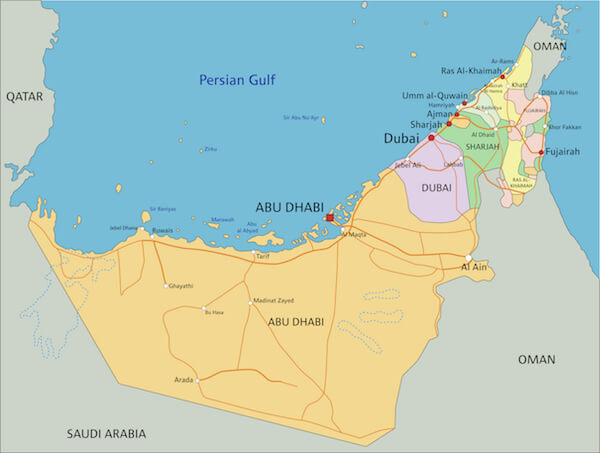
Towns have been transformed from mud-walled communities into commercial capitals integrated in the global economy. Because of the small population and harsh desert interior, 80 percent of the population lives in the coastal capital cities, leading social scientists to describe them as city-states. Sharjah, the cultural capital of the Arab world, is the third largest and most populous city in the United Arab Emirates, and a leading center of education in the Middle East. The Emirate of Sharjah is renowned for its vibrant multicultural ambiance, diverse museums that display both rich cultural heritage and contemporary artwork, and a charming blend of historical and modern architectural sites. Placed 284th in the global rankings, United Arab Emirates University comes fifth in the Arab region ranking.

It's based in the city of Al Ain in the emirate of Abu Dhabi, and is the oldest university in the country – though still relatively young, having been established in 1976. Its alumni community includes many powerful leaders in the fields of government and business. As part of the longer history of promoting culture and the arts, the Expo Centre Sharjah was established in 1977 as the first trade fair in the country, and it was moved to its current location in 2002.

The 128,000-sq-metre exhibition hall is home to an annual book fair that typically attracts hundreds of local and international publishers, thousands of titles and leading authors. Another annual attraction is the Sharjah Light Festival, a nightly art exhibit that takes place in February and sees a number of local and international artists making use of the latest graphics and lighting techniques. The 2018 festival, run under the theme "Culture in Sharjah", took place across 18 locations, including some of the emirate's most-prominent buildings, such as Al Noor Mosque, University City Hall and Khalid Lagoon. Tourism is another key element of the diversification programme, with the Sharjah Commerce and Tourism Development Authority's Vision 2021 initiative aiming to attract 10m visitors by 2021. The strategy, launched in 2015, seeks to build the emirate into a top regional destination for family tourism by investing in a range of ecotourism and cultural attractions. Accounting for just over 3% of the territory of the UAE, Sharjah is the federation's third-largest emirate, and has long played an important cultural and economic role in the region.

Home to seven existing or developing free zones, around 30 museums and various annual festivals that attract visitors from around the world, the emirate continues to punch above its weight in terms of commerce and culture. It is therefore unsurprising that Sharjah is a magnet for researchers and enthusiasts of arts, culture and science alike. In particular, Sharjah is noted for its Islamic monuments, schools, mosques and public parks in addition to multiple high-profile literary and intellectual institutions. However, a key feature of Sharjah is that it has maintained a healthy respect for history and tradition whilst striving to forge a vibrant, contemporary culture, making significant contributions to Islamic and Arab culture across the board. Ras Al Khaimah is the fourth-largest emirate in the country, spanning an area of 1700 square kilometers. Notably, about 50 percent of its population are nationals, or Emiratis.

Lately, the emirate has also been expanding its business and tourism industries. Among its noteworthy attractions are the Dhayah Fort, Ras Al Khaimah National Museum, and Iceland Water Park. The richest in terms of heritage among the seven emirates of the UAE, Sharjah is the biggest patron of art, culture and history.

In 1998, UNESCO awarded Sharjah with the title of being the "Cultural Capital of the Arab World." The emirate is dotted with museums, cultural and historic heritage centres, beautiful mosques and various art galleries. Sharjah is the third largest and third most populous city in the United Arab Emirates, which covers 2,590 square kilometres . The emirate of Sharjah borders with Dubai to the south, Ajman and Umm Al Quwain to the north and Ras Al Khaimah to the east. It is overlooks the coastline on the Persian Gulf to the west and the Gulf of Oman to the East, with the eastern Sharjah coastal towns of Kalba and Khor Fakkan.

It is bordered to the south by the Emirate of Abu Dhabi and to the northeast by the Emirate of Sharjah. Dubai is a centre for regional and international trade since the early 20th century, and a major global transport hub for passengers and cargo. The 20th century was marked by rapid development, including the establishment of the UAE's first international airport in Sharjah in 1932 and the introduction of modern schools, hospitals and telecommunications. In 1971, the federation of the United Arab Emirates was established, comprising the emirates of Sharjah, Abu Dhabi, Dubai, Ajman, Fujairah, Umm Al Quwain and, in 1972, Ras Al Khaimah. Umm Al Quwain has its name derived from the phrase Umm Al Quwatain, which refers to its 'two powers' of richness of activities on land and water.

Today, it is home to major archaeological sites and mangroves that stretch over more than seven kilometres. Al Seniah Island is one of the emirate's largest islands, hosting a natural reserve for migratory birds in the relatively warm winter. The smallest of the emirates, located in the north of the UAE on the Arabian Gulf coast, is Ajman. H. Sheikh Humaid bin Rashid Al Nuaimi, the emirate has a variety of important economic sectors and also offers a number of museums and castles, including the Ajman Museum, which presents artifacts of traditional life in the old Ajman Fort.






























